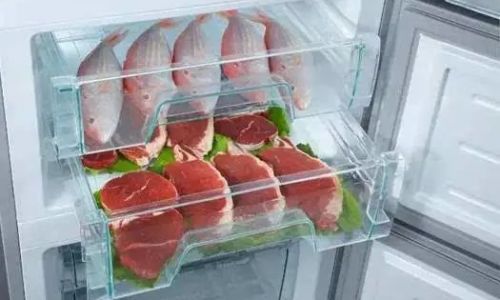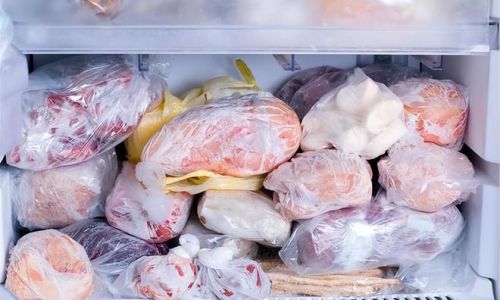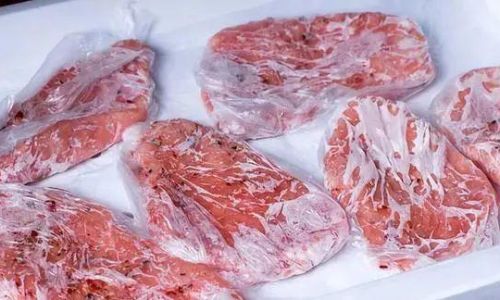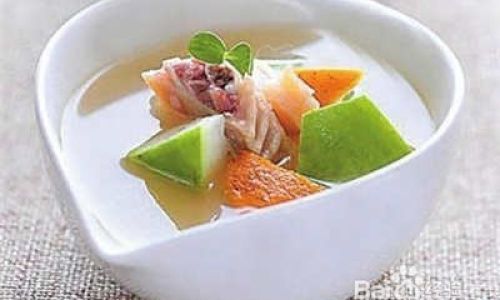Table of content
Introduction
When it comes to preserving fresh meat, especially lamb, understanding the proper storage methods and durations is crucial for maintaining its quality, safety, and nutritional value. Lamb meat, known for its rich flavor and tender texture, is a popular choice for various culinary delights ranging from roasts to kebabs. However, improper storage can lead to spoilage, which not only affects the taste but also poses health risks. This article delves into the question of how long fresh lamb meat can stay fresh in the refrigerator, exploring factors that influence its shelf life, proper storage practices, and signs of spoilage to help consumers make informed decisions.
Factors Influencing Shelf Life
Several factors determine how long fresh lamb meat can remain in good condition once it’s been refrigerated. These include the initial quality of the meat, packaging, temperature control, and storage conditions.
Initial Quality of the Meat
The freshness of lamb meat at the point of purchase is paramount. Meat that has been handled properly from the farm to the market, with minimal exposure to contaminants and rapid chilling to reduce bacterial growth, will have a longer shelf life. Look for meat that is deep red in color with a firm texture and little to no liquid seepage.
Packaging
Proper packaging is essential for maintaining the freshness of lamb meat. Vacuum-packed or airtight containers minimize oxygen exposure, which slows down the oxidation process and bacterial growth. If purchasing unpackaged meat, consider repackaging it in airtight containers or wrapping it tightly in plastic wrap or aluminum foil before refrigerating.

Temperature Control
The refrigerator temperature plays a vital role in preserving lamb meat. The ideal storage temperature for fresh meat is between 32°F and 40°F (0°C and 4°C). Temperatures above this range accelerate bacterial growth, leading to quicker spoilage. It’s crucial to use a refrigerator thermometer to ensure accurate temperature control.
Storage Conditions
The placement of lamb meat within the refrigerator also matters. Keep it on a lower shelf to avoid cross-contamination from raw juices dripping onto other foods. Additionally, avoid storing lamb meat near highly perishable items or those that may release strong odors, as this can affect its taste.
Shelf Life of Fresh Lamb Meat in the Refrigerator
Under optimal conditions, fresh lamb meat can stay fresh in the refrigerator for approximately 3 to 5 days. However, this estimate can vary based on the aforementioned factors. Here’s a closer look at what to expect:
Ground Lamb
Ground lamb has a shorter shelf life compared to whole cuts due to its increased surface area, which provides more opportunities for bacterial growth. Properly stored, ground lamb can remain fresh for about 1 to 2 days in the refrigerator. If you plan to keep it longer, consider freezing it, where it can retain quality for up to 3 to 4 months.

Whole Cuts (Chops, Roasts, Steaks)
Whole cuts of lamb meat, such as chops, roasts, and steaks, have a longer shelf life due to their smaller surface-to-volume ratio. These cuts can stay fresh for 3 to 5 days in the refrigerator when stored properly. For best results, wrap them tightly to prevent air exposure and store them on the lowest shelf.
Offal and Variety Meats
Offal and variety meats, including liver, kidney, and heart, tend to spoil faster than muscle meats due to their higher moisture content and density of nutrients that bacteria thrive on. These should be consumed within 1 to 2 days of purchase for optimal freshness.
Signs of Spoilage
Identifying the signs of spoilage in lamb meat is crucial for preventing foodborne illnesses. Here are some indicators that your lamb meat may no longer be safe to eat:
Change in Color
Fresh lamb meat should have a deep, vibrant red color. As it spoils, the color may fade to a brownish hue or develop dark spots. Discoloration is often the first visible sign of spoilage.

Odor
Spoiled lamb meat develops a strong, unpleasant odor. If your meat smells sour, ammonia-like, or simply “off,” it’s best to discard it.
Texture
The texture of spoiled lamb meat becomes slimy or tacky to the touch. Fresh meat should feel firm and moist, not slimy or dry.
Liquid Seepage
Excessive liquid seepage, especially if it’s bloody or has a cloudy appearance, is a sign that the meat is spoiling.
Mold
While mold growth on refrigerated lamb meat is uncommon due to the cold temperatures, any mold presence indicates severe spoilage and should prompt immediate disposal.

Proper Handling and Preparation
To maximize the shelf life and safety of fresh lamb meat, follow these handling and preparation tips:
-
Washing Hands and Surfaces: Always wash your hands, utensils, and work surfaces thoroughly before and after handling raw meat to prevent cross-contamination.
-
Separate Storage: Store raw lamb meat separately from other foods, especially ready-to-eat items, to avoid cross-contamination.
-
Thorough Cooking: Cook lamb meat to an internal temperature of 145°F (63°C) for medium-rare or higher if preferred. Use a food thermometer to ensure accuracy.

-
Marinating Safely: If marinating, do so in the refrigerator and never reuse marinade that has been in contact with raw meat.
-
Prompt Refrigeration: After purchasing, refrigerate lamb meat immediately. If you’re not planning to use it within a few days, consider freezing it.
Conclusion
Understanding how long fresh lamb meat can stay fresh in the refrigerator and recognizing the signs of spoilage are essential for ensuring food safety and quality. By following proper storage practices, monitoring refrigerator temperatures, and being vigilant about handling and preparation, you can enjoy delicious, nutritious lamb dishes without compromising your health. Remember, when in doubt, throw it out – it’s always better to err on the side of caution when it comes to food safety. With these guidelines, you can confidently store and enjoy fresh lamb meat, knowing it’s at its best from farm to table.





0 comments